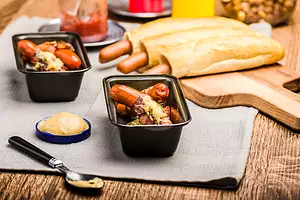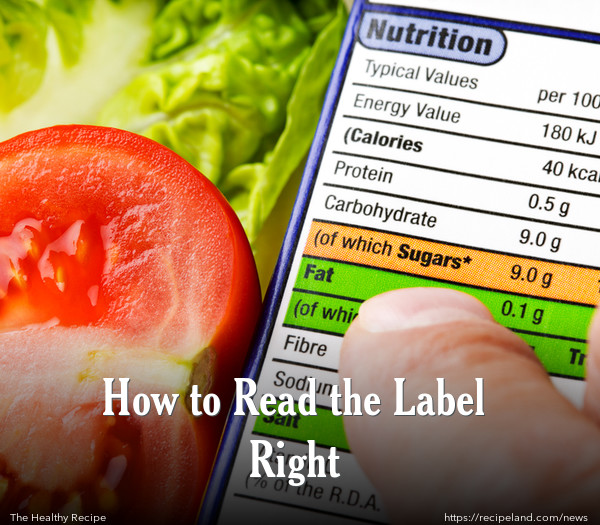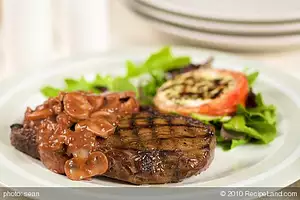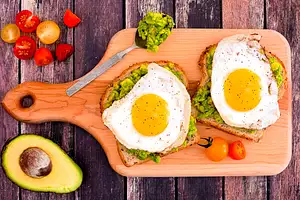You want to make healthy choices at the supermarket and bring home food that tastes good and is good for you. How can you tell what is really in the food you are buying? The food labels on the groceries you buy give you all of the information you need.
Here is how to use the facts on food labels to make nutritious and informed selections for yourself and your family.
Nutritional Information:
Choosing the healthiest option begins with the nutritional information. This section of the food label should list the serving size, as well as the amount of calories, fat, and nutrients per serving.
1. Serving Size. The serving size listed is usually tailored to the age of the person most likely to eat the food. The majority serving sizes recommended on food labels are suitable for an adult. Foods that are sold for children or babies will list a serving size that is appropriate for those age groups.
2. Calories. The amount of calories contained in each serving size should be listed on the food label. If you are watching your calories, think about your daily goals and try to get 75-80% of your calories from whole foods and 20-25% of your calories from processed foods. Remember to take the serving size into account. One serving of bread is one slice, but you will probably use two to make a sandwich!
3. Fat, Cholesterol, and Sodium. These are the areas you need to watch out for! The American Heart Association recommends that the average adult includes 56-78 grams of fat each day, with only 2 grams of trans fat and less than 16 grams of saturated fat. You should also limit the amount of cholesterol you eat to less than 300 mg per day. Most prepared foods contain sodium. The FDA recommends limiting the amount of sodium you take in each day to no more than 2,400 mg.
4. Nutrients. This area of the food label should list the amounts of fibre, sugar, protein, vitamins, and minerals that are included in your food.
Try to get at least 35-40 grams of fibre each day, although more is better. Sugar adds calories and large amounts of sugar can cause blood sugar spikes and leave you feeling tired. If the food you are considering seems to have a high amount of sugar, make sure it is balanced with a high amount of protein. The average adult needs 46-56 grams of protein each day. Look for foods that are high in protein, but low in fat. The label also lists the specific percentages of vitamins and minerals that are provided in the food, based on a 2,000 calorie diet.
Ingredients:
Many countries now require food manufacturers to list the ingredients of a food on its label. These ingredients are listed by the amount in the food. The higher an ingredient is on the list, the more of it there is in your food. Keep in mind that just because a food is listed at the bottom of the list, doesn’t mean it is good for you or that a small amount is acceptable. Watch out for chemicals, food dyes, and preservatives.
Nutrition Claims:
Many food labels boldly display phrases like: “all organic,” “fat-free,” or “high fibre.” While these statements sound good, they can be tricky. Here are a few to watch out for:
1. Organic. This means that by weight, 95% of the food must be made from organic ingredients. If a food is labelled “100% organic” then you know that all of the ingredients included are certified to be organic.
2. Fortified. A food that is fortified has nutrients added to it that would not naturally be in that food. For example, milk is often fortified with vitamin D.
3. Enriched. Enriched foods have nutrients taken out and then put back in. This is done to give them a longer shelf life.
5. High Fibre. Must have at least 5 grams of fibre per serving.
6. Low Sodium. Must contain 140 mg or less sodium per serving.
7. Sodium-Free. Can have up to 5 mg of sodium per serving.
8. Low Cholesterol. Contains 20 mg or less of cholesterol and less than 2 grams of saturated fat.
9. Cholesterol-Free. Can include up to 2 mg of cholesterol and 2 grams of saturated fat.
10. Lean. Includes less than 4.5 mg of saturated fat, 95 mg of cholesterol, and 1 gram of saturated fat.
11. Light/Lite. These foods must include only half of the sodium or fat of the regular product or at most two-thirds of the calories of the regular version.
12. Low Fat. Must contain 3 grams of fat or less per serving.
13. Fat-Free. Can have up to 0.5 grams of fat.
SOURCES: https://shine.yahoo.com/healthy-living/read-food-labels-better-health-155600009.html;https://www.heart.org/HEARTORG/GettingHealthy/NutritionCenter/
HeartSmartShopping/Reading-Food-Nutrition-Labels_UCM_300132_Article.jsp;https://www.fda.gov/food/ingredientspackaginglabeling/
labelingnutrition/ucm274593.htm










Comments